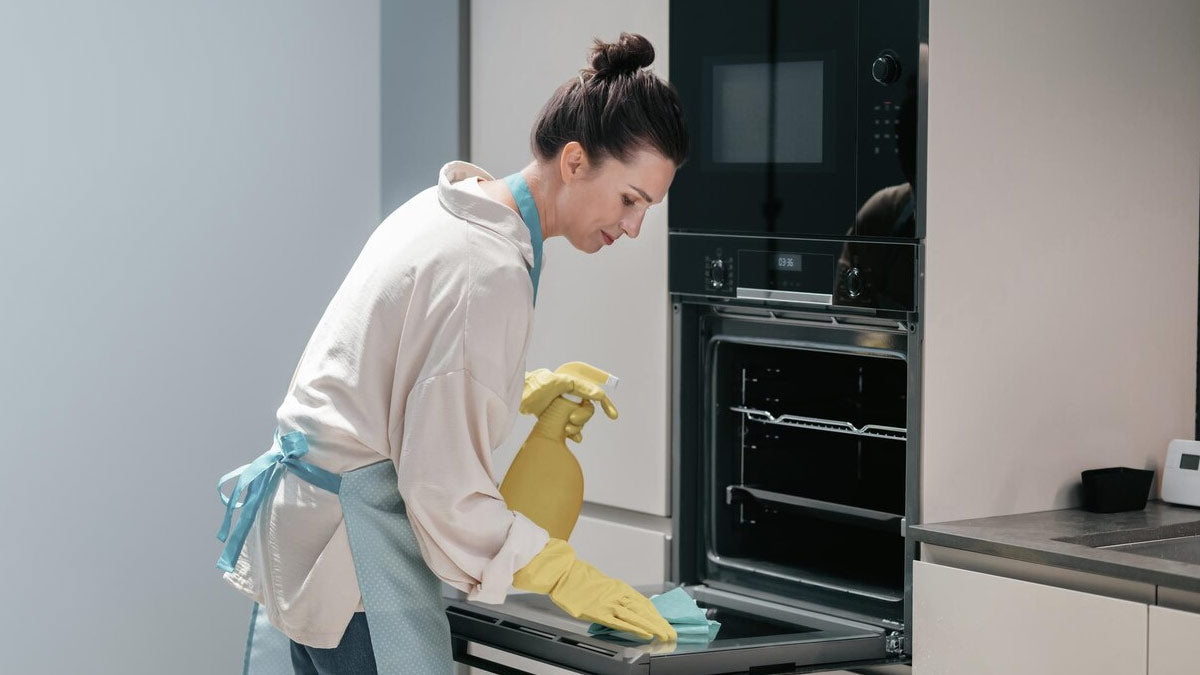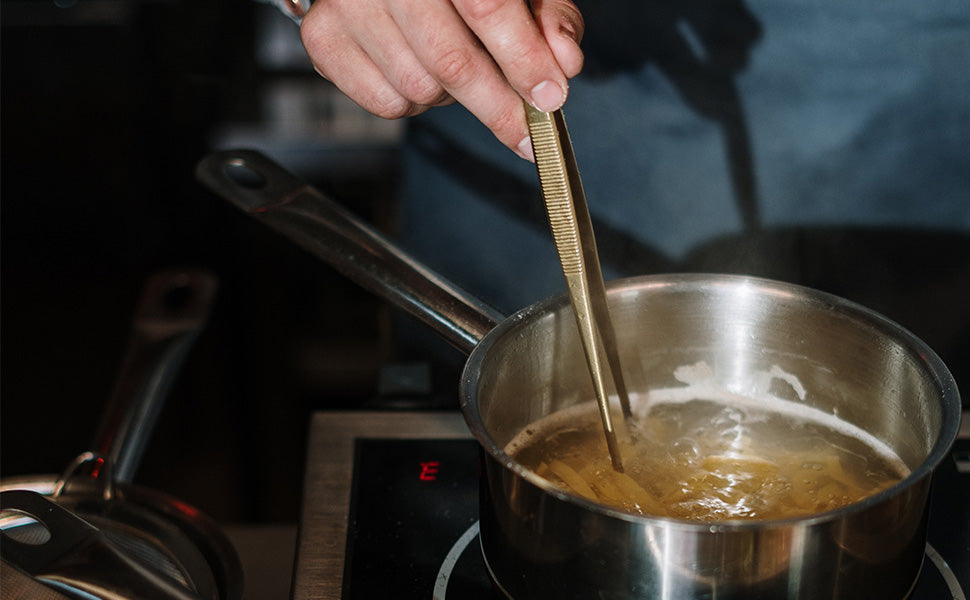When it comes to cookware, professionals in the kitchen often find themselves asking how to tell cast iron from steel. Understanding the differences not only affects cooking techniques but also the maintenance and care of the cookware. This guide will help you discern the subtle yet significant distinctions between cast iron and steel.
The world of kitchen cookware is full of choices, and selecting the right materials can elevate your culinary experience. Not only do cast iron and steel pans have unique properties, but they also have specific uses that may align with your cooking styles and preferences. Lets dive deeper into how to identify these two materials, ensuring you're well-equipped for whatever culinary task lies ahead.

Understanding the Basics of Cast Iron and Steel
Cast iron is a popular choice among kitchen professionals due to its durability and heat retention. With excellent thermal conductivity, cast iron skillets and pots can maintain consistent temperatures, making them perfect for searing and frying. Conversely, stainless steel cookware offers a slightly different advantage. It is typically lighter, more versatile, and can withstand acidic ingredients without damaging the surface.
When it comes to aesthetics, cast iron often boasts a rustic charm with its rough surface and rich color. It might have a rough, textured exterior, especially if it's vintage or hand-me-down cookware. Steel, on the other hand, presents a more polished and contemporary look.
Visual Clues for Identification
To effectively determine how to tell cast iron from steel, rely on visual clues. Here are key aspects to look for:
- Finish: Cast iron usually has a matte finish, whereas stainless steel has a shiny, reflective surface.
- Weight: Cast iron is heavier than steel. If you are lifting a piece of cookware and it feels dense, it might be cast iron.
- Texture: Inspect the surface; cast iron tends to have a rough texture compared to the smoothness of steel.
Performing the Magnet Test
Another practical method to check for metal types is the magnet test. Cast iron is magnetic due to its iron content, while many stainless steel alloys are not. If a magnet sticks strongly, you could be looking at cast iron. If it barely sticks or falls off, you're likely dealing with steel, especially lower quality types.
Conducting a Heat Test
The heating properties of each material can also offer insights. When heated, cast iron retains heat exceptionally well, leading to an evenly cooked dish. Compare this to stainless steel, which can heat up rapidly but might cook food unevenly if not monitored closely.
For a practical usage experience, preheat both cookware types and observe how they react during cooking. You will notice distinct differences in heat distribution when cooking similar foods.
Understanding Long-term Care
Long-term maintenance for cast-iron cookware differs significantly from that of steel. Cast iron requires seasoning to build a non-stick surface and prevent rust, whereas stainless steel does not. Regular cleaning methods apply here:
- To maintain cast iron, it's essential to use specific cleaning techniques to ensure the longevity of the cookware.
- Conversely, steel cookware can usually go in the dishwasher, although hand washing is often recommended to preserve its finish.
Common Uses in the Kitchen
Understanding the applications of each material can also help you determine which to choose:
- Cast Iron: Ideal for braising, baking, and frying. Great for slow-cooked recipes.
- Steel: Excellent for sauting, steaming, and more delicate cooking tasks.
Why This Matters for Kitchen Professionals
For kitchen professionals, the ability to distinguish between cast iron and steel is crucial for achieving optimal results. Selecting the appropriate cookware can influence flavor, texture, and overall meal quality.
Moreover, recognizing the differences affects your investment in kitchen tools. If you plan to purchase new equipment, know your exact needs to choose accordingly.
Frequently Asked Questions
1. Can you use metal utensils on cast iron?
Metal utensils are safe to use on cast iron; however, be cautious not to scratch the surface, especially if it's seasoned.
2. What is the best way to clean cast iron?
Using specific cleaning methods is essential to preserving cast iron's integrity.
3. Why should you avoid washing cast iron in a dishwasher?
Washing cast iron in a dishwasher can strip off its seasoning and lead to rusting, which is why it's not recommended.

Conclusion
Knowing how to tell cast iron from steel can significantly enhance a kitchen professional's expertise and efficiency. By understanding the differences in appearance, properties, and care, you can make better decisions regarding your cookware choices, leading to superior culinary outcomes.
Ultimately, the choice between cast iron and steel might come down to personal preference, but recognizing their unique characteristics will help you elevate your kitchen practices.
For more insights on maintaining cast iron, check this useful guide.
This article contains affiliate links. We may earn a commission at no extra cost to you.






Leave a comment
This site is protected by hCaptcha and the hCaptcha Privacy Policy and Terms of Service apply.